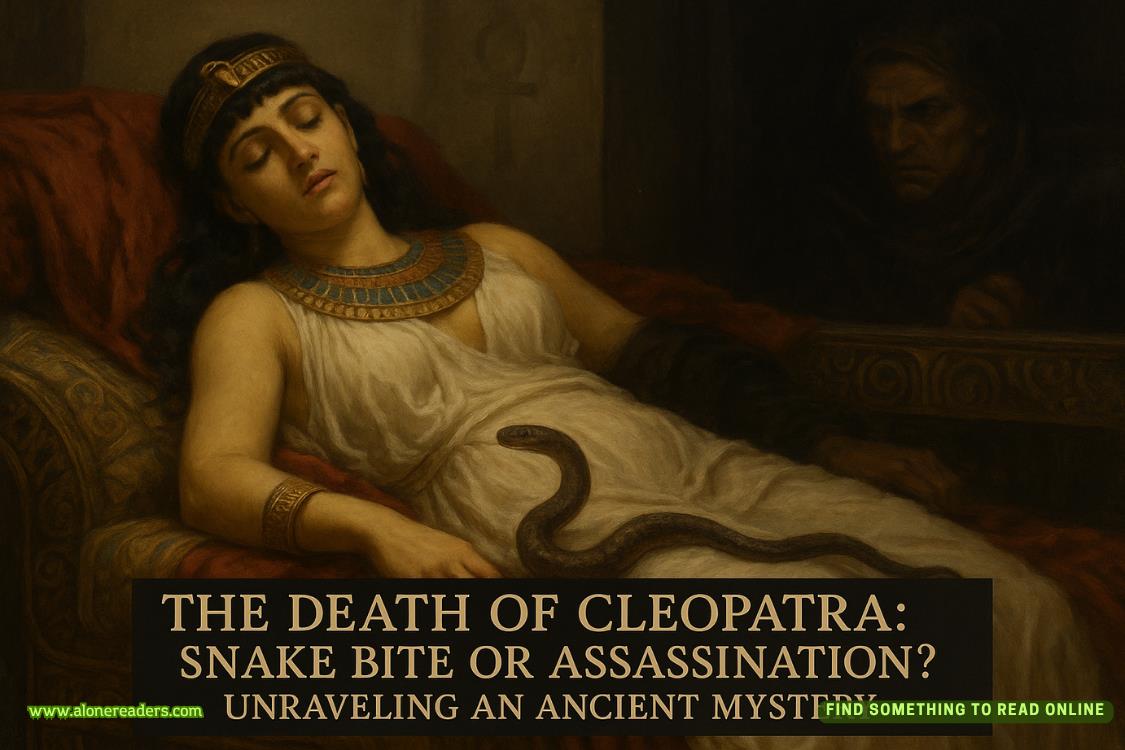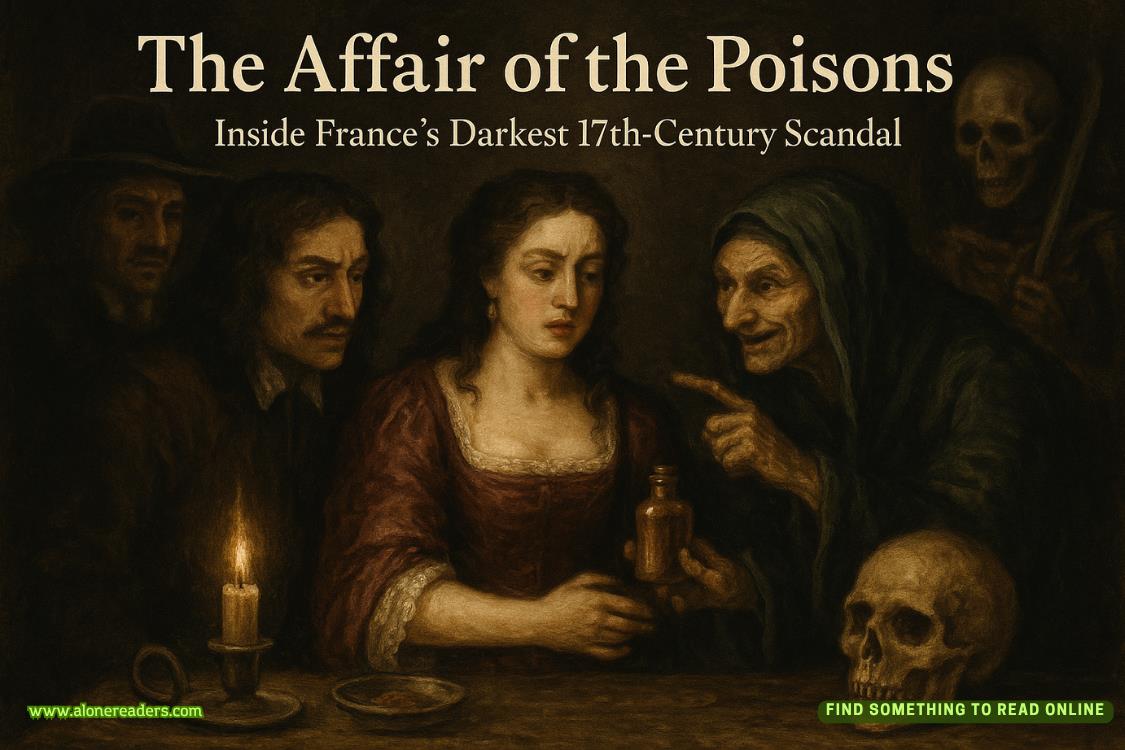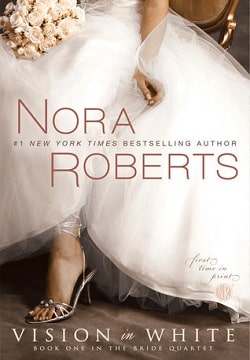Not only did Madame Jolène continue wearing the “pointless” eyewear, but she created even more elaborate designs. She was quoted as saying, “Beauty is never pointless.” I loved the idea: beauty, pure and unadulterated, made just for the sake of itself. When I told my mother about the oculist and the eyeglasses, she had laughed loudly, cutting me off before I could finish the story.
“It would serve them right to go blind, Madame Jolène most of all,” she’d said.
“I trust you are all well rested from your travels and ready for the Fashion House Interview to begin,” Madame Jolène said as she moved down our ranks, peering at us through those useless, glimmering eyeglasses. “Some of you have been here for over a week, waiting for the remaining contestant positions to be filled. Your time here has been leisurely, but that will soon change. I will demand much from you, because our clientele demands much from us. Our house dresses the highest-ranking aristocrats and royals in Europe. What we dress them in, people the world over will copy. Francesco, brief them on how the Fashion House Interview will run.”
By this time, she had made one trip down our line. Sheabruptly stopped, one hand resting on her hip, the other intentionally, casually, touching her spectacles. Madame Jolène was posing for us, for me. And she took my breath away.
“Welcome, ladies.” Francesco sashayed forward. He had changed since that morning. Instead of the purple tunic, leather pants, and fur coat, he was now wearing a crisp white jacket with matching white pants. The pants hems were cuffed, showcasing red shoes with huge black ribbons.
“All of you, of course, know me by now,” he said. “I am the Fashion House’s creative director. I make sure everything runs smoothly. However, I also design when I can, and Madame Jolène most graciously lets me create a line of handbags to go with the Fashion House’s collections. Last year, Princess Amelia exclusively used my handbags at her events.”
I wasn’t sure how Francesco wanted us to react. He seemed tremendously proud, so I nodded and smiled. It wasn’t hard. I was impressed. But it was more because of Francesco himself than his line of purses.
“Anyway, enough about me.” He laughed with feigned modesty. “You should be getting to know each other. You can learn much from each other’s strengths. And even more”—he lowered his voice melodramatically—“from each other’s weaknesses. It is a competition, after all.” He clasped his hands together, as though anticipating the drama to come. I swallowed hard. “Let’s introduce everyone.”
He ran through the name of each girl, starting with Kitty. I already knew Alice’s and Ky’s names, but I learned that the menswear girl was Cordelia, and the last girl, the one all in black, was Sophie.
“Now,” Francesco drew out the word. “About the Fashion House Interview.” At the mention of the competition, the girls quieted, their eyes sharpening. “There will be six challenges designed to determine your creativity, technical skills, and ability to manage clients. You won’t know what the challenge is until it is announced. The results will be judged by Madame Jolène, myself, and the rest of the design board. There will be one winner for each challenge. To help you understand your performance in the competition, you will also receive a rank. As everyone knows, once this season concludes, one or two of you will be invited to join the Fashion House as design apprentices.”
The girls broke into smiles as he mentioned the apprenticeships, and some of them glanced up and down our line, sizing each other up. Everyone’s gaze seemed to pass right over me, but I didn’t care. Resolve formed deep inside me. I would get one of those positions. Hadn’t I managed to get this far, after all? I would work harder than everyone else, hone my design skills, and get the apprenticeship.
“When you aren’t participating in the challenges, you will assist in the daily operations of the Fashion House,” Francesco continued. “You will meet with titled women and show them the designs from the current collections. In addition to the gowns, you will have access to the private jewelry vaults for accessorizing during the fittings. If a customer selects a gown, you will measure her and tailor the pattern for her. Our sewing staff will create the piece. Most contestants seem to think this work is below them, but it is an important part of learning towork with clients and gaining intimate knowledge of the Fashion House designs. Any questions?”
“Will we receive feedback after each challenge?” Ky asked.
“Of course. Critiques will be given for every challenge, and a winner will be announced at the end of each. However, don’t be too dismayed if you don’t win the early challenges. I’ve seen girls come from behind many times.”
“It’s hard to believe that only two of us will be hired,” Kitty whispered to me. “And the rest of us will be fired.” She nervously shook her hair back from her face. She wanted this as much as I did. In fact, they all did. I looked up and down the row at the resolute faces and narrowed eyes. They were stylish girls, yes, but more than that—they were also determined. I needed to beat them, or I’d be back in Shy, washing dishes and waiting on tables and resisting my mother’s campaign to wed me to Johnny Wells.
“You will, of course, enjoy the lifestyle the Fashion House provides during your time here,” Francesco said. “We create luxury, so we live in it as well. You are as much a part of the Fashion House aesthetic as the wallpaper or the marble.”
Everyone nodded. It was well known that the Fashion House was a unique place—even the servants wore couture.
“Madame Jolène!” It was Sophie. The girl in the black gown. I had to lean forward to see her face. For a moment, I thought she was looking down, but it was just her lashes, so thick and black that they shielded her eyes. Black hair, as shiny as her black silk gown, twisted into a knot at the very top of her head. Her porcelain-white features were beautiful, each one perfectlyformed and placed. By all accounts, she was stunning—I couldn’t find any flaws—but there was something grim about her, as though her beauty didn’t extend below the surface.
Slowly, Madame Jolène, who had remained perfectly still during Francesco’s speech, unwound from her pose to stare down at her. I wasn’t sure how she did it since the girl was taller than Madame Jolène.
“Yes?” Madame Jolène asked.
Sophie didn’t flinch or blush. She did hesitate, though, before saying, “What about her?” She pointed at me.
Me.
I stifled a gasp and took a step back, almost knocking into Kitty. Sophie’s finger remained pointed. The girls watched, their eyes flitting from the black-haired girl to me, and then to Madame Jolène.
“What about her?” Madame Jolène asked.
“It seems you are including a different class of contestant this season,” Sophie said. “Have the requirements changed? I’m just wondering because a reporter asked me yesterday if the Fashion House is becoming more... well, like a factory that mass-produces shirtwaists.”
As she spoke, my breath grew short. My ribs tried to expand, but they couldn’t. It was as if my new dress was suffocating me. I would faint, right here in front of everyone, and then they would really know I didn’t belong.
“Well,” Madame Jolène said. Her expression remained neutral even as something behind her face darkened. The single syllable hung in the air. Sophie shifted, and beside me Kittysoftly exhaled. Then Madame Jolène spoke again. “Things are changing in Avon-upon-Kynt. But the Fashion House has never been and will never be a place that produces standard things, even when forced to include... some standard people.”
Madame Jolène didn’t glance at me even once. The other girls did, though. They openly stared at me and then turned to each other, their whispering punctuated by little snorts of laughter. Even Kitty took a small step away from me, as though trying to distance herself.
They thought I was a joke, just like Madame Jolène did. I kept my shoulders back and my chin raised, but my stomach twisted into unrelenting knots. I felt as small and ridiculous as they all thought I was.
Chapter Four















